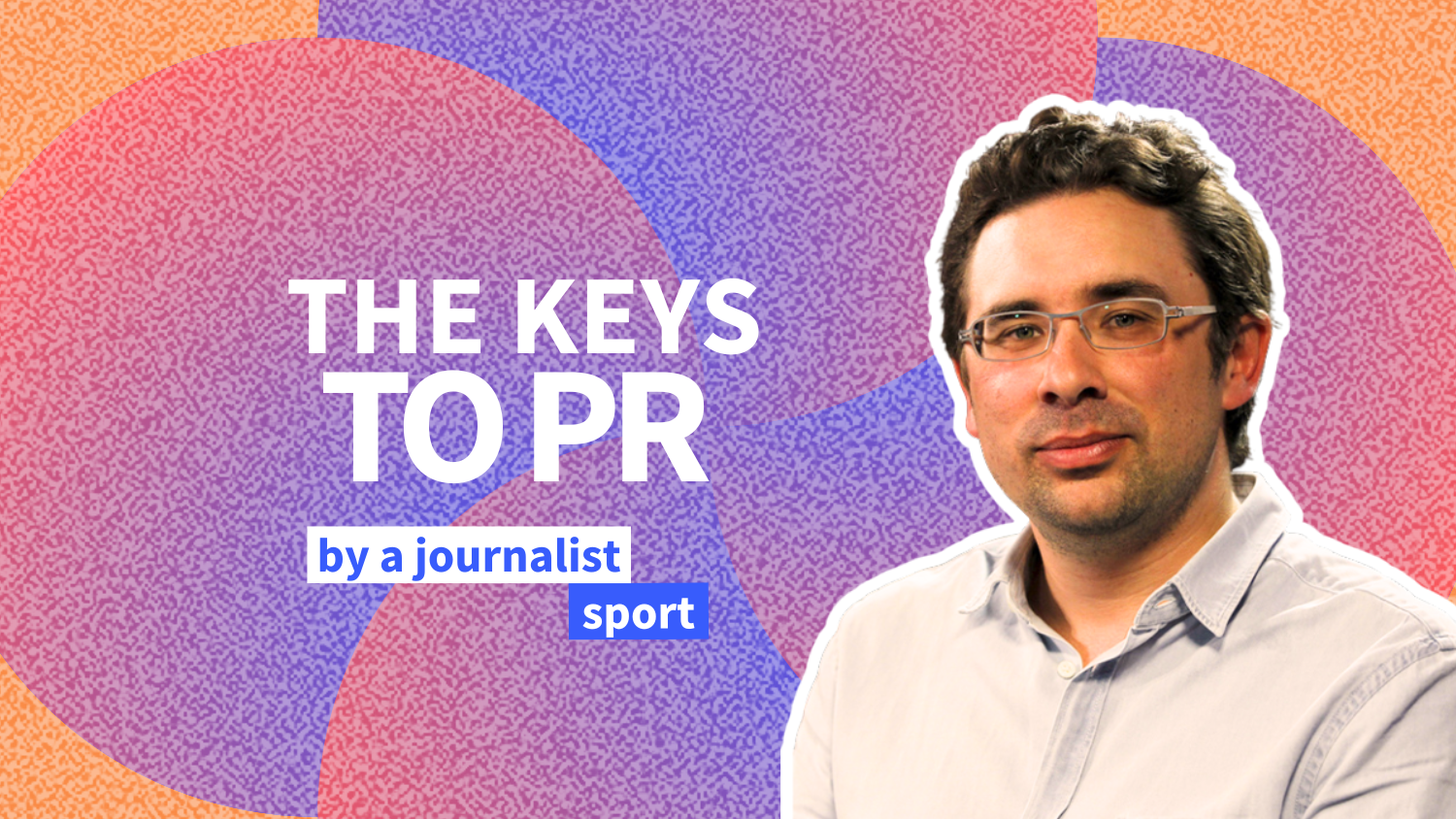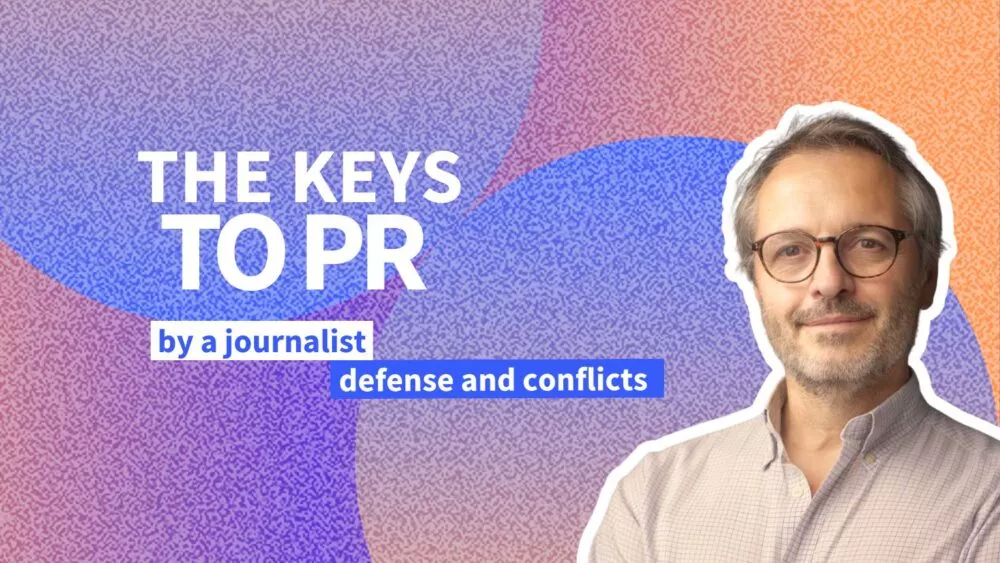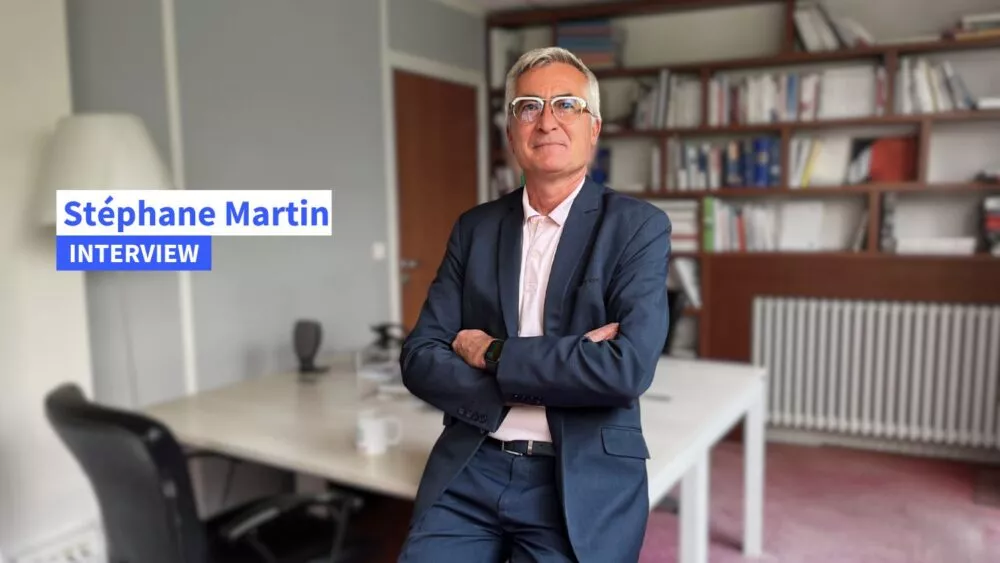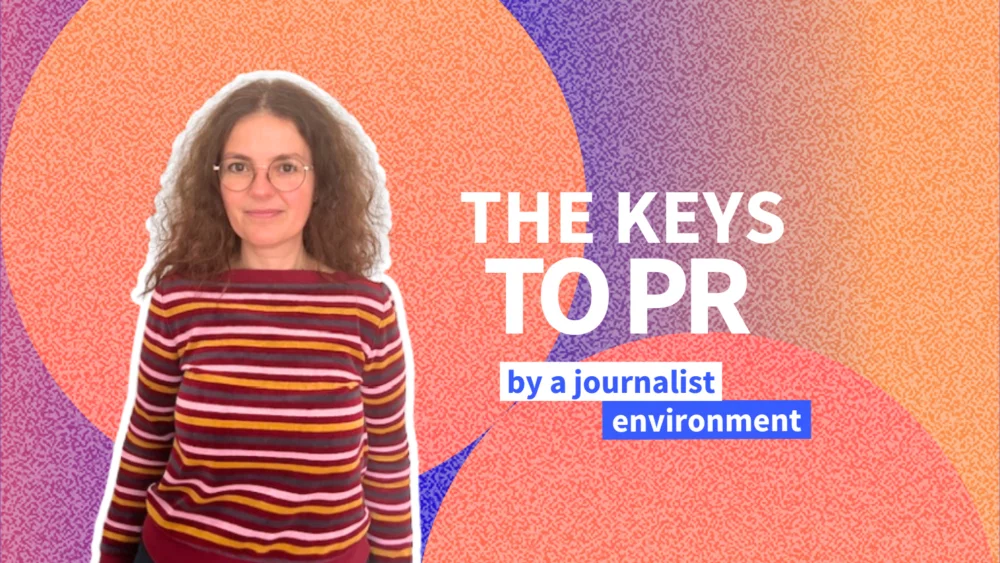I’ve been working in the sports department of Le Figaro for around twenty years now. I’ve witnessed the transformation of the profession, from print to digital. Today, I am a bi-media journalist: the print edition favors a magazine-style approach, while digital focuses on breaking news. Another part of our work is managing "Le Fil" and the live feeds during certain events, especially football or rugby matches. Along with tennis, these are the three sports most widely covered by the media. I devote most of my work to tennis, then golf, but I occasionally cover other sports, such as archery during the Olympic Games last year.
What are your main sources of information?
My main sources are my contacts within institutions, federations, and their close circles. It’s essential to have interlocutors with solid knowledge of the field to get reliable information. The AFP wire is also a very useful tool: with the amount of information to process and the small size of the team, it has become indispensable. We pay attention to diversifying our sources by monitoring other media outlets. Social networks have also become very important. Today, athletes communicate directly on Instagram to announce an injury, whereas 20 years ago they would have contacted AFP. These kinds of posts help us feed the live coverage. Finally, press officers’ content remains an essential resource.
Practically speaking, what role does PR play in your daily work?
Public relations are essential in sports journalism. Each federation now has its own press office. During major events like Roland-Garros, everything is organized: they announce the press conferences, send us transcripts in several languages, share press releases with statistics, and grant interview slots during “media days,” for example. Press officers welcome us in the mixed zone to cover football matches, where we can hope to record a player or coach’s comments. There are many PR professionals because there are just as many sponsors. Today, every player is represented by an agent.
In the most high-profile sports, it has become impossible to deal directly with the athletes: every interview request goes through an intermediary. Sometimes, we even have to go through brands to secure an interview with a star. For instance, it was through Louis Vuitton that I was able to meet tennis player Carlos Alcaraz, now one of their ambassadors. On the other hand, in less exposed sports, the dynamic is completely different: they need visibility, so the relationship between journalists and PR professionals is not the same, and our work is made easier.
So, how can PR professionals highlight a lesser-known sport?
I think that for 90% of sports, it’s very difficult to work as a press officer. They often face a lot of indifference from the media. But if a journalist doesn’t react to a press release, it’s because the subject doesn’t seem relevant. They have to understand that our main selection criterion is audience, meaning the potential number of clicks. If a sport only concerns a small niche, we won’t cover it: it’s worth remembering that Le Figaro is a general-interest newspaper.
That said, there are exceptions. Major events like the "Vendée Globe", which puts sailing in the spotlight, or the Olympic Games, which broaden the sporting spectrum, create opportunities for media coverage. Without a major news hook, you need a compelling story to attract the general public. For example, this often happens in ultra-trail running or MMA: athletes have unusual, complex backgrounds that can interest a journalist, even if it’s not a discipline they normally cover.
Could you give us an example of when you covered a lesser-known discipline?
Of course. This year, I attended the padel tournament at Roland-Garros. It’s a trendy sport that still struggles to break through at the elite level in France. I asked the federation for an interview with the French No. 1, and it was easily granted. It was interesting because we discussed their funding, since it’s a discipline where players don’t have many sponsors. At the press conference, Gilles Moretton, president of the FFT (French Tennis Federation), was present because padel falls, like it or not, under the tennis umbrella. And yet, there were only 10 journalists... I can assure you we would have been fifty if it had been a tennis press conference. Today, I receive many press releases about padel, but I can’t write about it every week. Sport is a huge machine where some struggle to find their place. We do what we can, but we always keep one main criterion in mind: does the subject interest the general public?
What are your expectations when it comes to press releases? Do you, like many journalists, feel you receive too many?
Yes, I receive a lot. Sorting through all this information is part of our job. But overall, the press releases are fairly well targeted. Indeed, I still receive information about disciplines I’ve covered in the past, such as football or sailing. I think that’s important: this information can be useful for the live feed when I’m on duty.
What I expect from a press release is that it’s well-written enough to make me want to read it. I often notice the language is too technical, especially in less publicized sports. Journalists need keys to understanding; the content has to be simplified. This is the case with press releases about golf, which contain a lot of anglicisms. On the other hand, some initiatives are very relevant. For example, ahead of the Olympics we received a small practical guide to better understand archery. That was very clever, because I knew nothing about it. PR professionals should be didactic to avoid the media making mistakes.
Finally, what do you think are the conditions for good media relations?
For me, honesty and transparency are key. I’ve seen how sports journalism has evolved over the past 20 years: PR has become part of our daily work and is now indispensable. It’s therefore essential to take each other’s constraints into account in order to ensure the best possible relations.
Romain Schneider’s expectations:
- Facilitate access to players
- Frame the information with a news hook
- Avoid overly technical language
- A professional relationship based on honesty
Interview by Madeline Humbert








